Echeveria cultivation methods and precautions
Last Update :2024.05.09
Article Catalog
3. Problem diagnosis and treatment
Soil: Sandy soil should be used for cultivating Echeveria, which can be prepared by mixing leaf humus soil, river sand and a small amount of garden soil. Light: It likes a growing environment with sufficient light. It is best to let it receive more light. Temperature: Give it a growing environment of 25 to 30°C. It must be indoors in winter and ventilated in summer. Watering: When watering, follow the method of seeing dry and wet, and be careful not to water into its leaves.
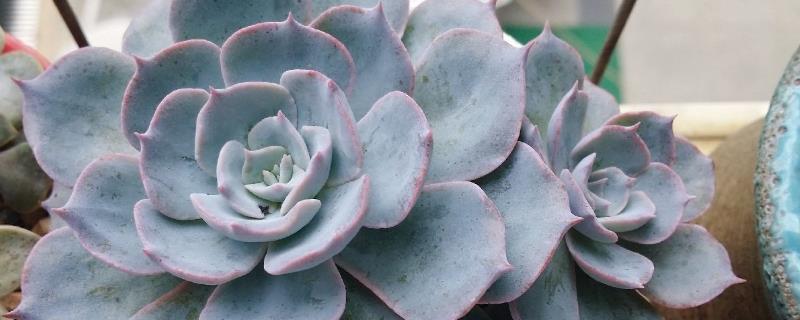
1. Maintenance methods
1. Maintenance methods
1. Soil: Echeveria likes to grow in sandy soil, and it also has a certain ability to tolerate barrenness. When growing at home, you can prepare soil by mixing leaf mold soil, river sand and a small amount of garden soil.
2. Light: Echeveria is native to barren desert areas and can resist strong light. When breeding, it needs to be placed in a location with sufficient light. If the sunlight is too strong in summer, it still needs to be shaded to prevent its leaves from accelerating aging.
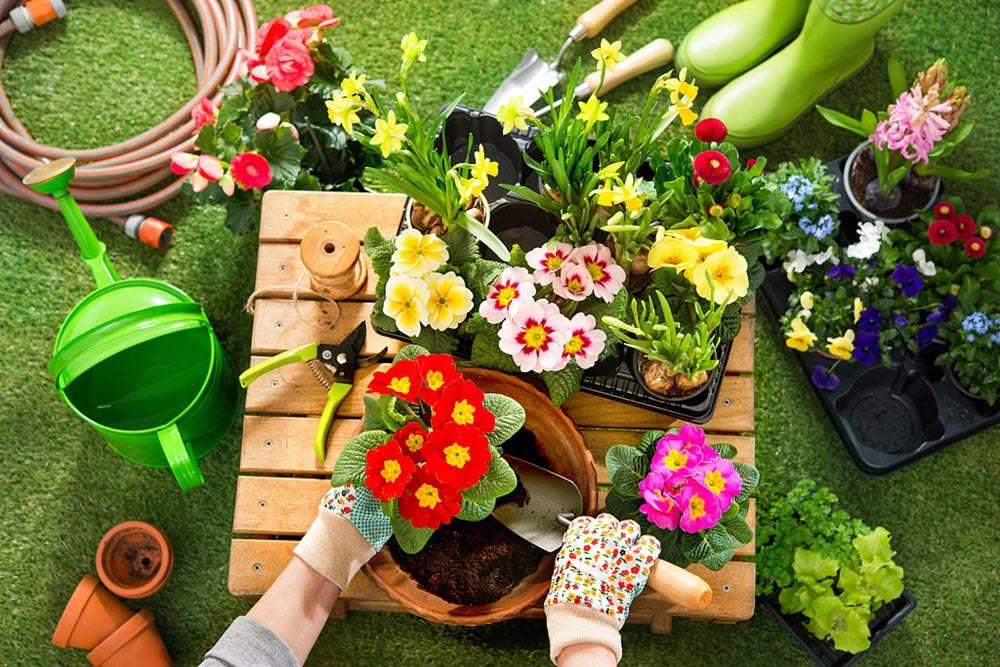
3. Temperature: Echeveria can survive in high temperature environments grows, but is not tolerant of low temperatures. It is best maintained in an environment of 25-30℃. In winter, it needs to be moved indoors for maintenance, and in summer it can be placed in a ventilated place.
4. Watering: Its ability to tolerate drought is also extremely strong, so it does not need to be watered on time and at regular intervals. It can grow with a small amount of water. But you should be careful not to water it into the core of its leaves when watering.
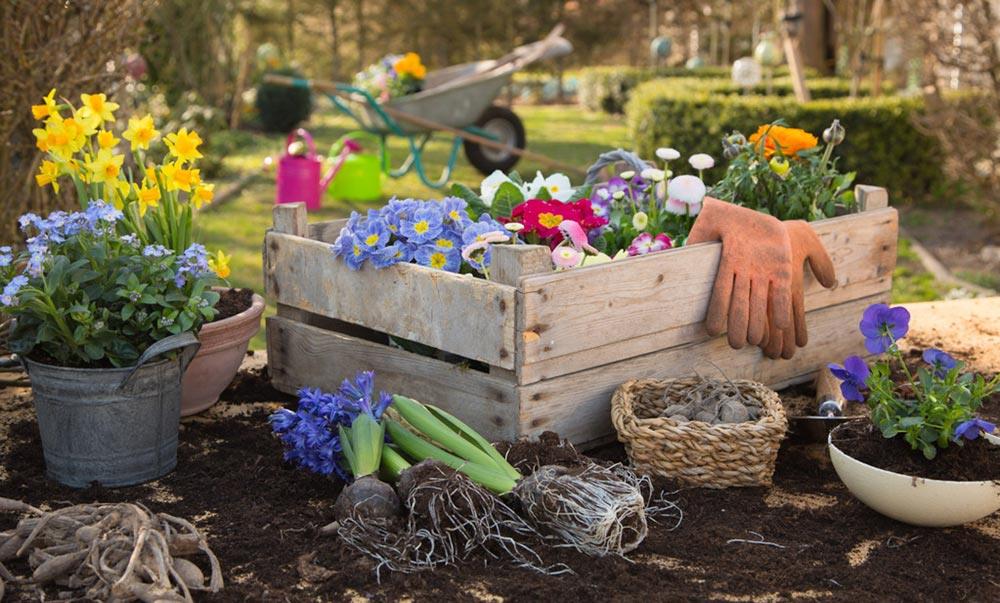
2. Breeding skills
1 . Propagation: The simplest method of propagation is leaf cutting. Pick a stronger leaf on the outside and place it on the soil, or insert it into the soil and wait for about ten days. The old leaves will grow fibrous roots and small leaves.
2. Repot: It is best to repot it when the weather is fine. When taking out the plant, be careful not to tear its root system. After potting, water it thoroughly and place it in a sunny place for a while to return to normal.
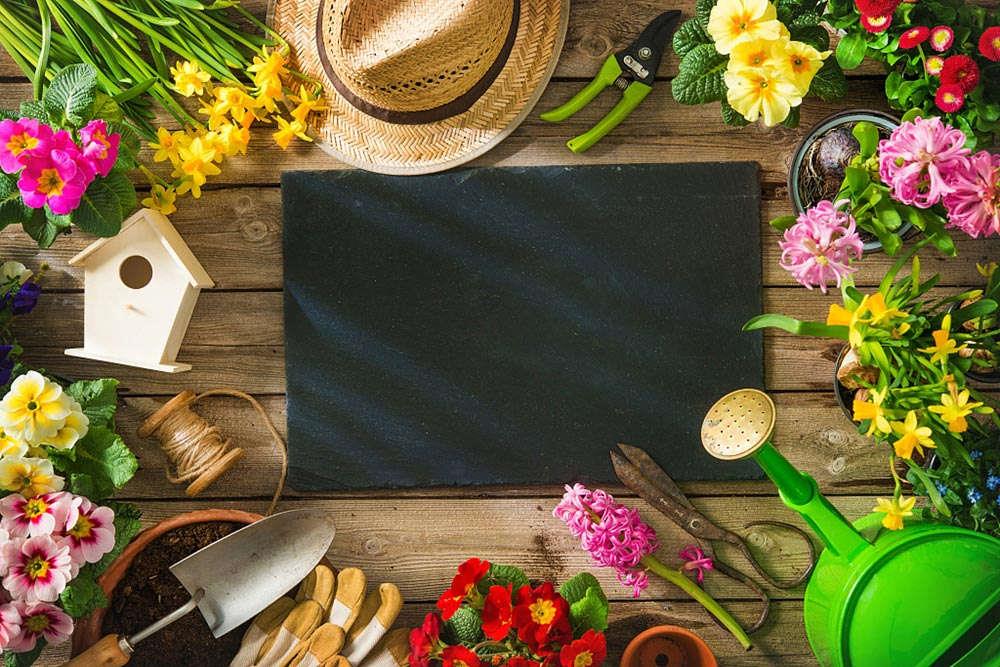
3. Problem diagnosis and treatment
1 2. Soft leaves: If one or two leaves at the bottom are soft, it is a normal metabolic phenomenon. If there are too many, it may be that the plant has been watered too much and needs to be taken out to dry the roots and repotted.
2. Black weevil: This is one of the main pests. It needs to be clamped with tweezers as soon as possible after discovery. If necessary, it needs to be sprayed with 500 times of 25% carbaryl wettable powder.
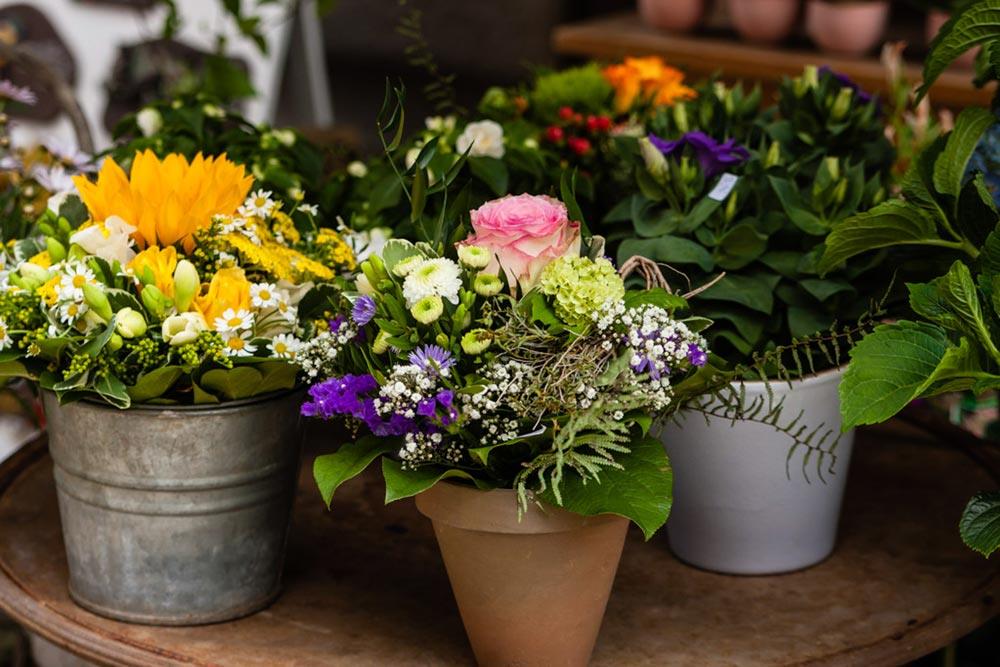
4. Other questions
1 . Is it toxic: Echeveria is non-toxic and does no harm to the human body, so you can rest assured during maintenance.
2. Can it be grown indoors: Echeveria can be grown indoors, but since most of the ultraviolet rays are blocked by the glass, the growth effect is definitely not as good as that under direct sunlight. Therefore, in order for it to grow better, it is better to breed it outdoors.

2. Breeding skills
3. Problem diagnosis and treatment
4. Other issues
- END -
The difference between purple jasmine and jasmine

Family and genus distinction: Jasmine belongs to the family Jasminaceae and the ge...
Daisy flowering period, daisy pictures

Daisies bloom in spring. It can bloom from February to March every year, and the f...